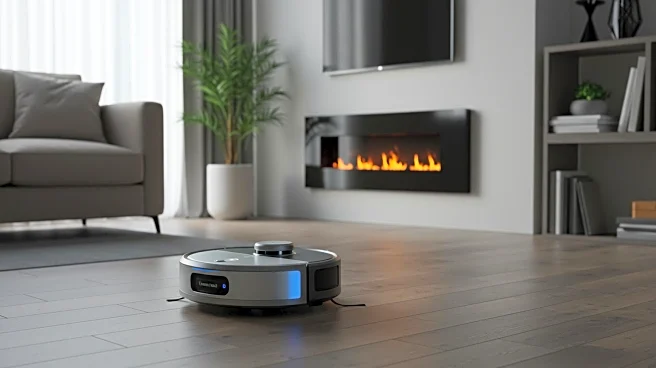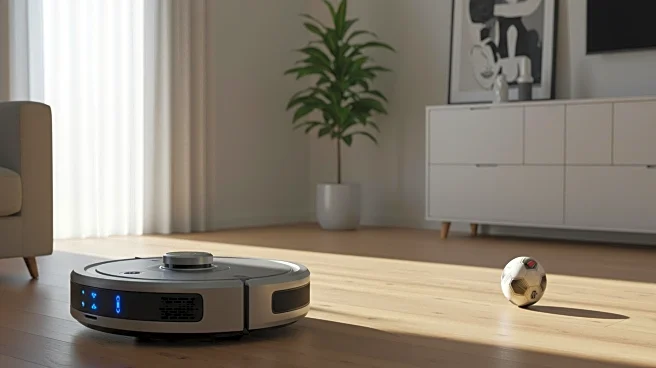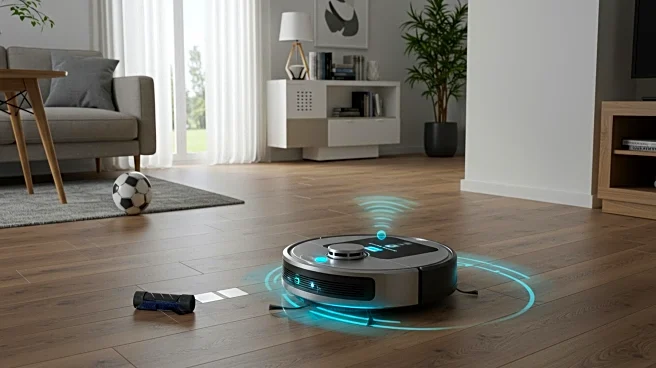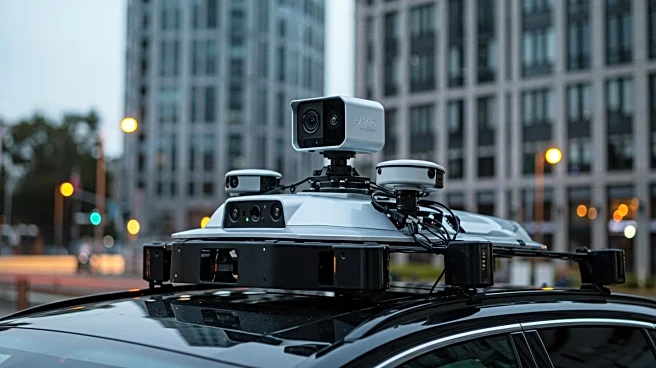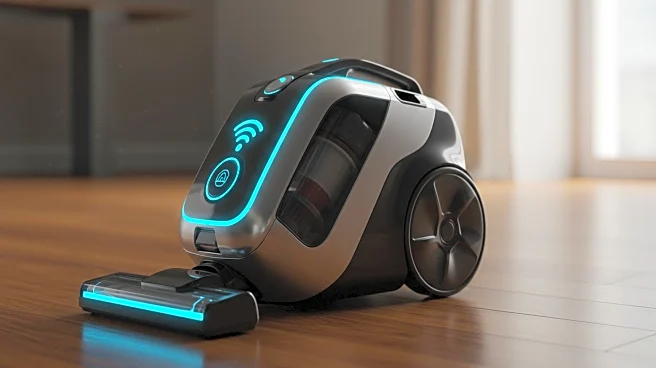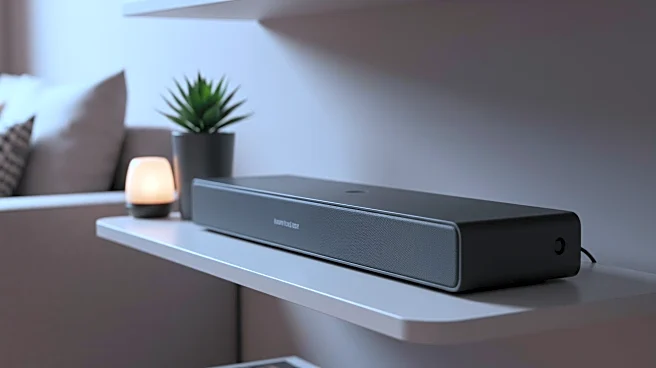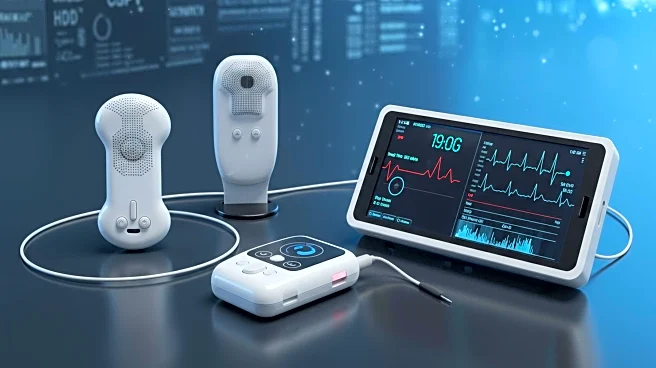What's Happening?
The market for robot vacuums in 2025 is characterized by advanced features such as LiDAR sensing, AI-object recognition, and self-emptying capabilities. These devices offer a hands-off cleaning experience, with models like the Eufy Omni X10 Pro and Roborock Q10 X5+ leading the way. These vacuums can map spaces, avoid obstacles, and even mop floors, catering to various consumer needs. The selection of robot vacuums includes options across different price points, ensuring accessibility for a wide range of users. Experts emphasize the importance of navigation and object detection features, which enhance the efficiency and convenience of these devices.
Why It's Important?
The evolution of robot vacuums reflects broader trends in home automation and smart technology. As these devices become more sophisticated, they offer significant time-saving benefits for consumers, particularly those with busy lifestyles or physical limitations. The integration of advanced technologies like AI and LiDAR not only improves cleaning performance but also sets the stage for further innovations in the smart home sector. This trend highlights the growing consumer demand for automated solutions that simplify daily tasks and enhance quality of life.
Beyond the Headlines
The increasing adoption of robot vacuums raises questions about data privacy and security, as these devices often connect to home networks and collect spatial data. Manufacturers must address these concerns by implementing robust security measures and transparent data policies. Additionally, the environmental impact of producing and disposing of electronic devices is a consideration for consumers and companies alike, prompting discussions about sustainable practices in the tech industry.
